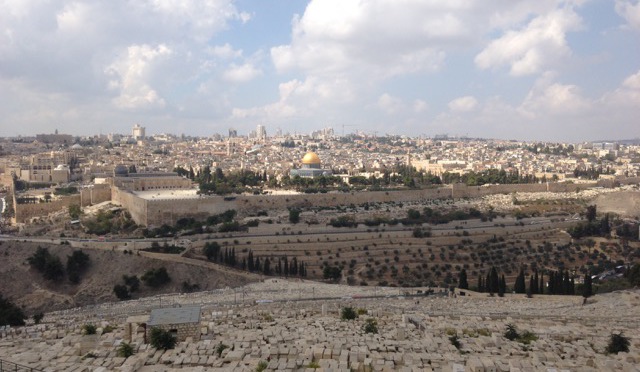As one of the oldest cities in the world and a city with strong ties to three of the world’s major religions, Jerusalem has an incredible number of important sites. We spent nearly a week in Jerusalem and the surrounding area, and we felt like we barely scratched the surface.
Old City
Many of the most important sites are located in the Old City, a section of Jerusalem that is surrounded by walls that were erected in 1538. This UNESCO World Heritage Site is divided into four sections: the Armenian Quarter, the Christian Quarter, the Jewish Quarter, and the Muslim Quarter.
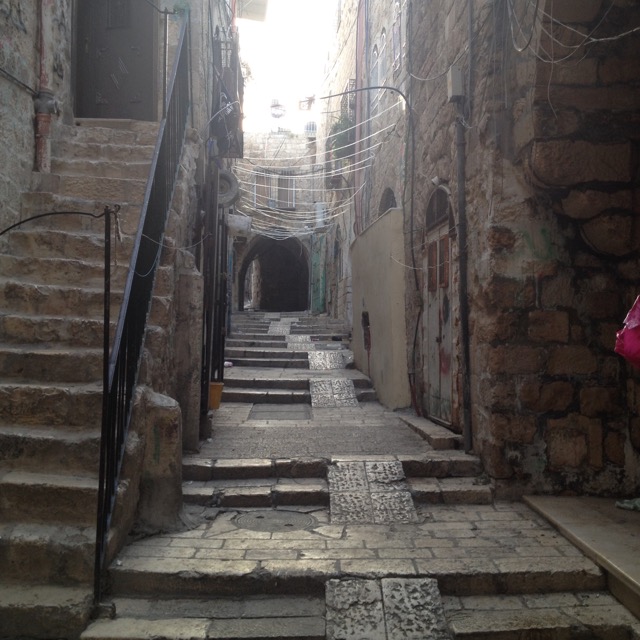
On our first full day in Jerusalem, we took a free walking tour of the Old City to get a survey of the area. Although we gleaned some broad background on Jerusalem’s history, I would not necessarily recommend this plan to fellow travelers – mostly we just ended up killing a few hours walking around to a bunch of sites without the opportunity to actually go inside or truly appreciate them.1 If I could do it over again, I would skip the tour and just visit the different quarters on our own – which is exactly what we did over the next several days.
In the Armenian Quarter, we visited the Church of St. James. Some portions of this church date to 420 AD, although most of it was constructed during the 12th century. It is one of the most ornately decorated churches in the Old City, and we very much wanted to go inside. It is only open to visitors during church services, so we made a special point to wait around one afternoon until the 3:00 p.m. service started.
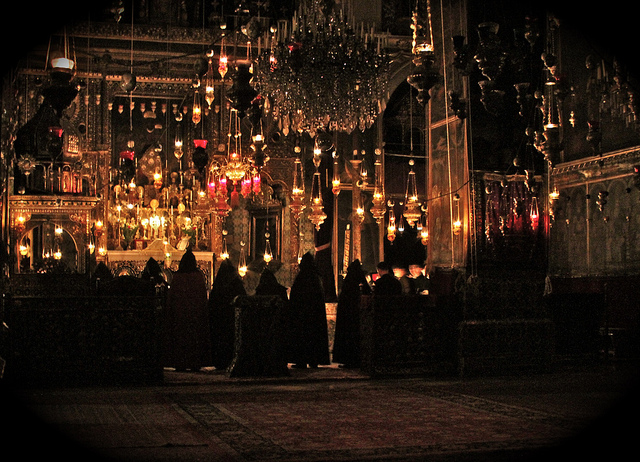
The interior of the church was well worth the wait. There was a gloomy grandeur in the space, with age-darkened paintings hanging on the walls, elaborate chandeliers hanging from the ceiling, and light peeking through the dome. The service itself was quite a show: as it was conducted in Armenian, we could not follow along, but we observed a choir, heavy use of incense, and somber black robes.
One of the highlights of the Christian Quarter is the Church of the Holy Sepulchre. The church is said to have been constructed on the very site where Jesus was crucified and buried, and the four last stations of the cross are located inside the church. The church might not be much to look at from the outside, but the interior is quite beautiful.
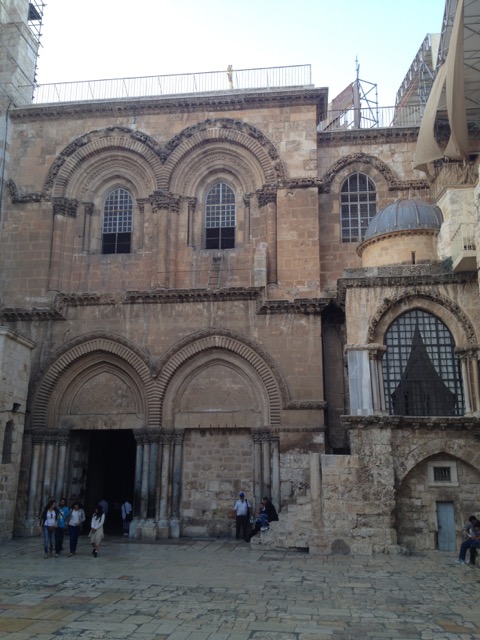
One of the first things we spotted indoors was the Stone of Unction, where it is said that Jesus’s body was prepared for burial. People kept rubbing their souvenirs over the stone.
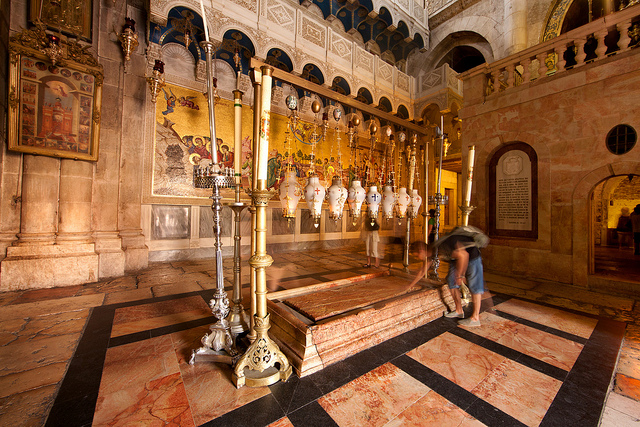
We tried to follow along with the stations of the cross as listed in our guidebook, but there were so many people inside the church that it was sometimes hard to tell what we were looking at.
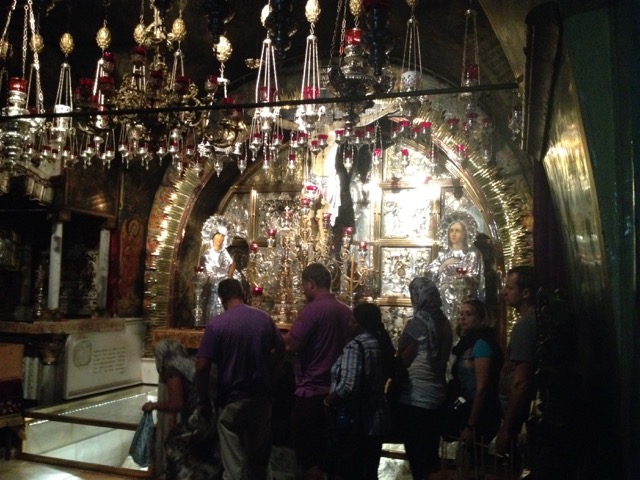
A church was first built on this site (upon which a Roman temple to the goddess Venus had once stood) in 325/326 BC. Since that time, the church has been destroyed, rebuilt, and remodeled countless times. The current dome was built in 1870 but was restored in the 1990s, leaving it shiny and awe-inspiring.
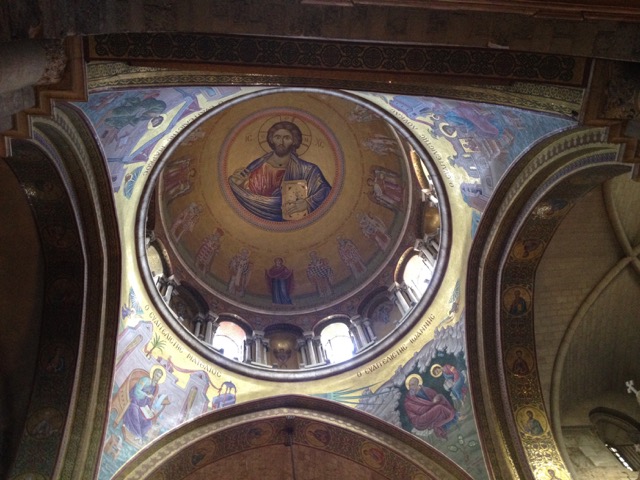
Of course, the main attraction in the Church of the Holy Sepluchre is the sepluchre itself, or Jesus’s tomb. We waited for nearly an hour in a rather disorderly queue of people (you would be surprised how many people jump queue and shove inside a church) in order to have a few seconds inside the tomb, but it was an experience not to be missed.
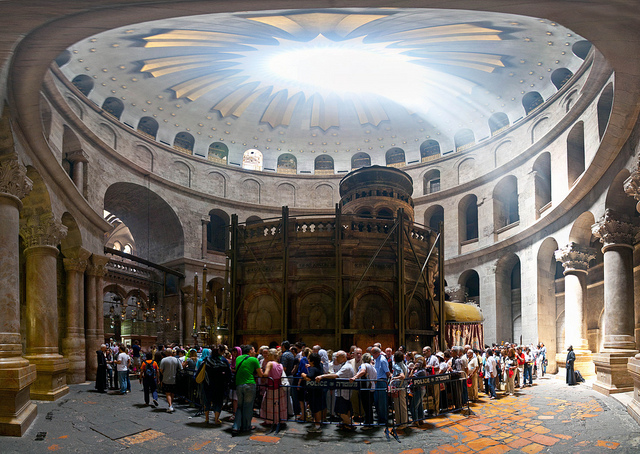
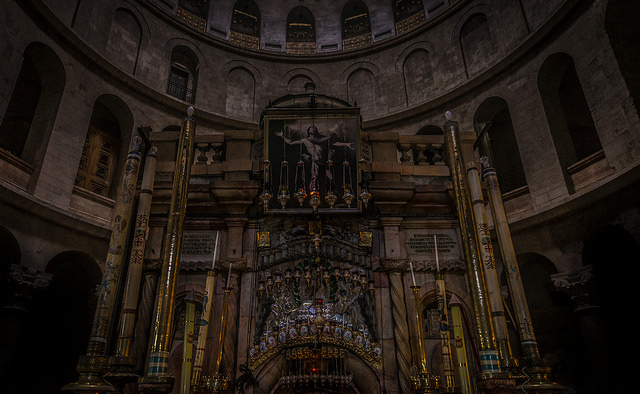
The most well-known site in the Jewish Quarter is the Western Wall, a segment of the wall surrounding the Temple Mount. The Western Wall has been a site for Jewish prayer and pilgrimage for centuries, and the area was packed with people during our visit, which coincided with Sukkot.
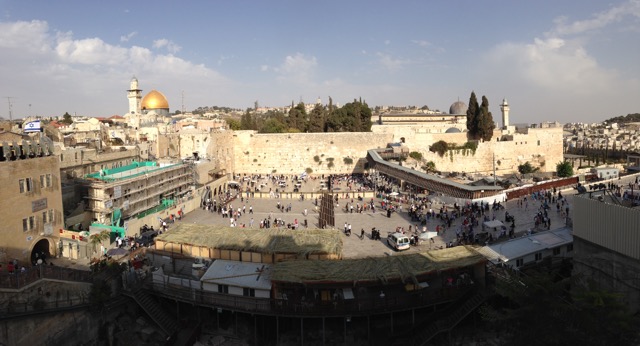
The Jewish Quarter is also home to a number of ancient Roman archaeological remains.
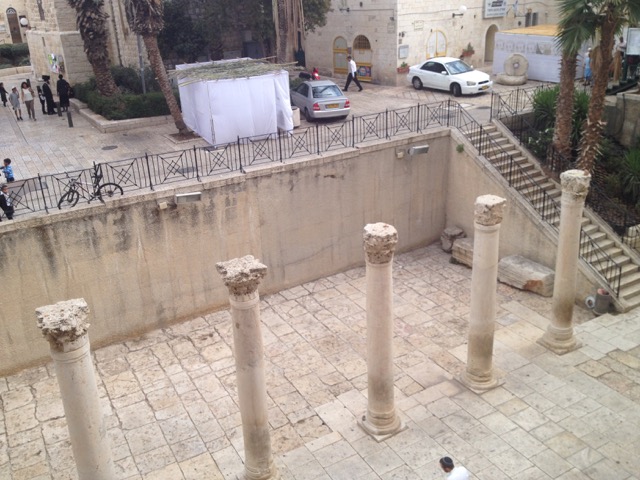
The Muslim Quarter is the largest and most populous quarter in the Old City. The first seven stations of the cross are located in the Muslim Quarter, and its markets are full of amazing scents.
And then there is the Temple Mount. It is one of the most notable sites in the Old City, and one of the most contested religious sites in the world. We attempted to visit it multiple times during our stay in Jerusalem and repeatedly found it closed to visitors because of security concerns.2
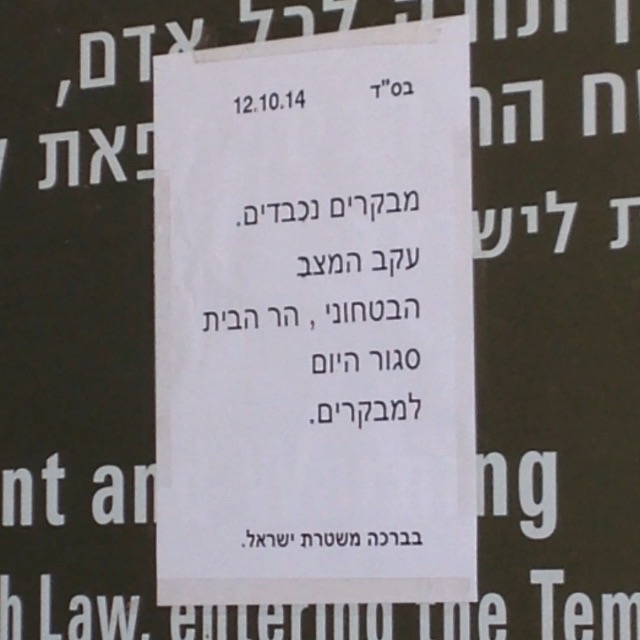
On our last day in Jerusalem, just before we had to leave to catch a bus to Tel Aviv, we finally got the chance to visit. Temple Mount’s real showstopper is the Dome of the Rock, a golden-domed shrine built over the Foundation Stone – the holiest site in Judaism, and also of great religious significance to Christians and Muslims.
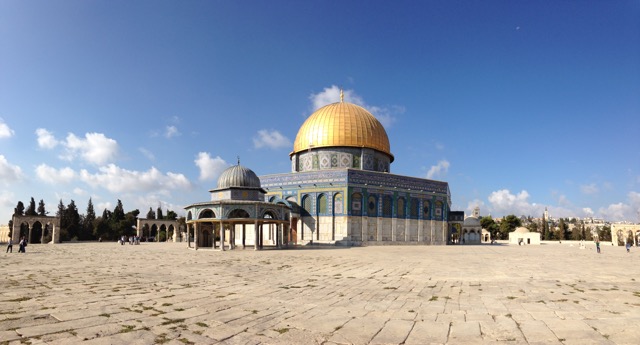
Mount of Olives
Another important site in Jerusalem, the Mount of Olives rises just east of the walls of the Old City. We spent one afternoon hiking up and checking it out.
The first thing one might notice about the mount is the massive necropolis. For more than 3,000 years, Mount of Olives has been used as a Jewish cemetery, and it holds more than 150,000 graves.
The mount is also an important site of Christian worship, and is said to be the place where Jesus ascended to heaven. The Garden of Gethsemane is located on Mount of Olives. Some of the olive trees in the garden are among the oldest known in the world.
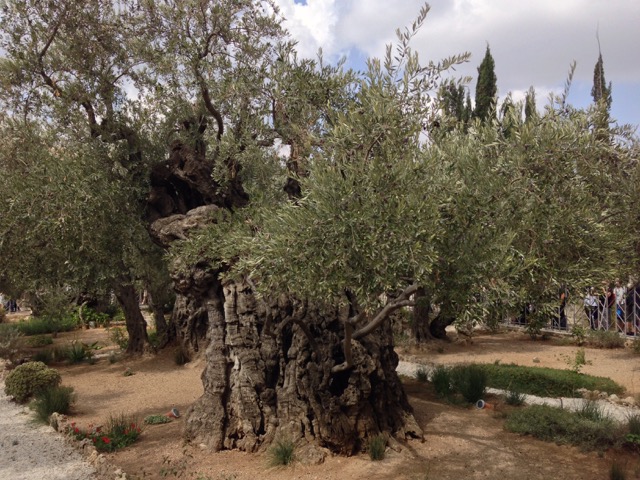
Located next to the Garden of Gethsemane, the Church of All Nations enshrines a section of bedrock where Jesus is said to have prayed before his arrest.
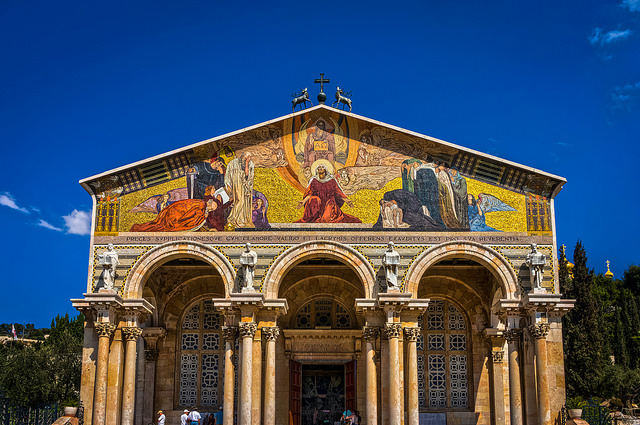
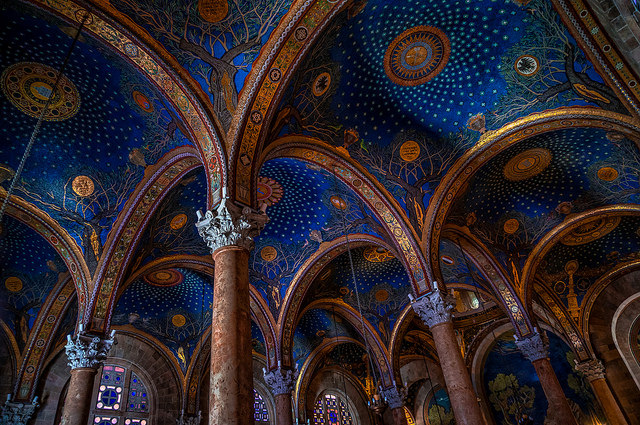
Once at the top, we sat down and enjoyed the amazing view over Jerusalem.
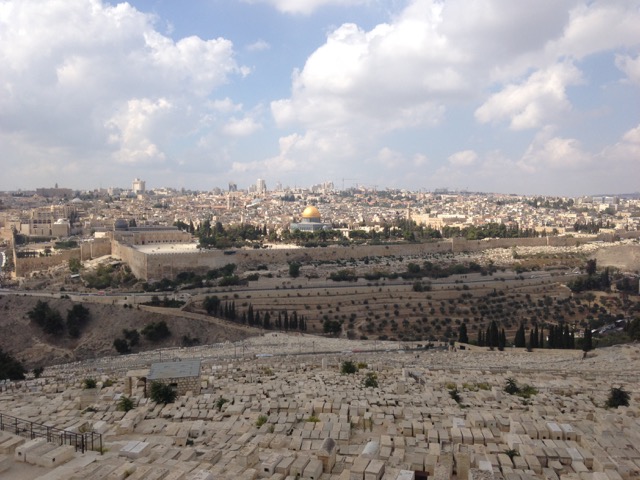
Where We Stayed:
We used Airbnb to rent a one-bedroom apartment in Central Jerusalem just a quick walk from the Machne Yehuda market. It was a great spot, and we really enjoyed cooking at home.
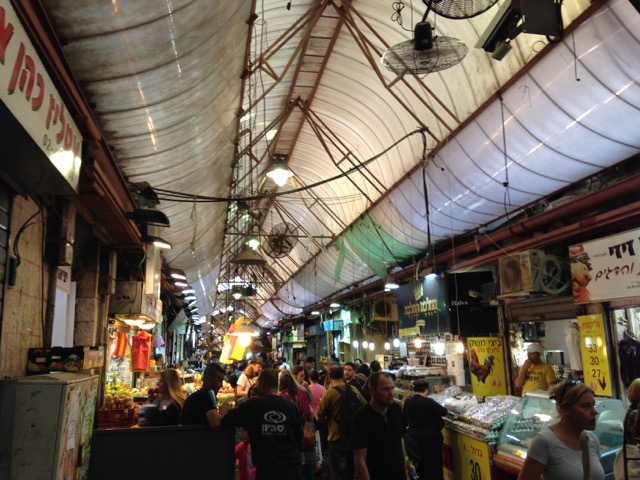
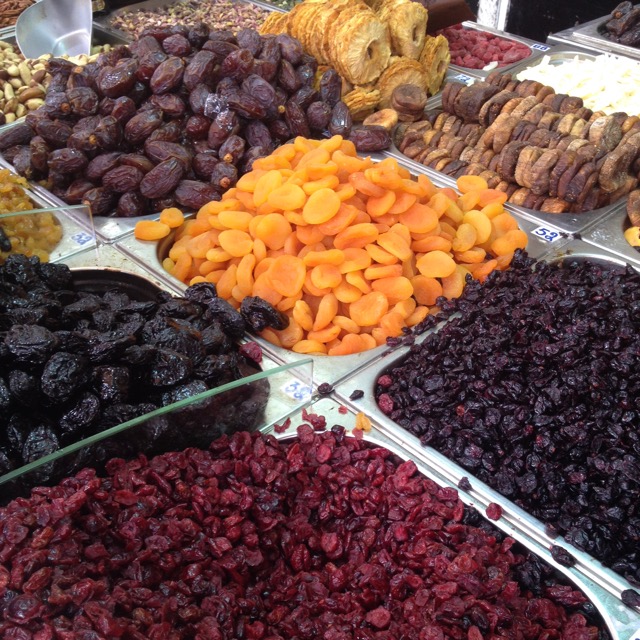
Where We Ate:
☆ Chili Pizza. One our first afternoon in Jerusalem, we found nearly everything closed for Sukkot – except this place vending delicious slices and actual Diet Coke (not Coke Light, as we had been finding throughout Africa).
☆ Tel Aviv Bar. On our first night in Jerusalem, we stopped here for Israeli beer, but we moved on because there was no happy hour due to the holiday.
☆ Record Bar. After we left Tel Aviv Bar, we found a happy hour at this place. The friendly waitress tried to sell us shots in Hebrew and then kept us stocked in beer and tasty pretzel chips.
☆ Zad. This little restaurant/coffee shop/ice cream bar was exceptionally crowded, but they let us take seats at the bar. We ordered the Syrian Shawarma and the Palestinian Chicken Wrap – both excellent choices.
☆ Moshiko. This falafel place was probably my favorite place to eat in Jerusalem.
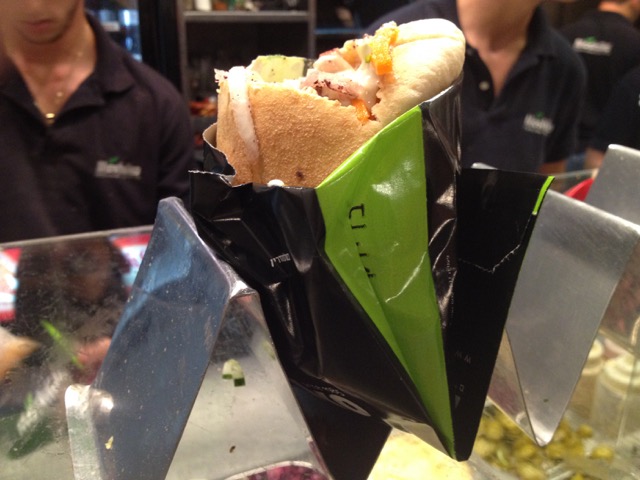
1 The experience was not helped by the palpable tension between our exceedingly sarcastic tour guide and a couple of overly literal members of our group.
2 Control over and access to the Temple Mount – an issue well beyond the scope of this post – remains a focal point of the Arab-Israeli conflict.

